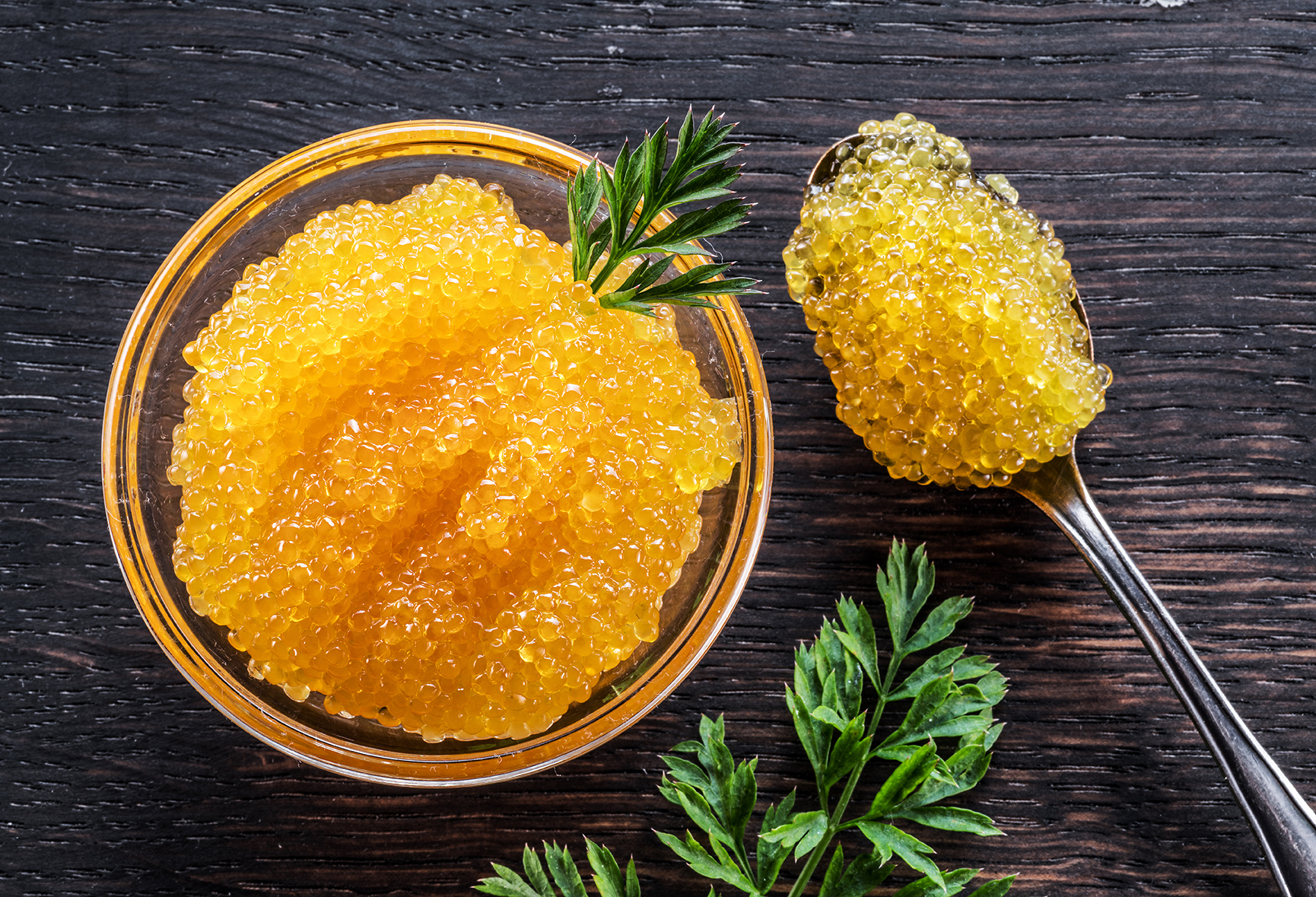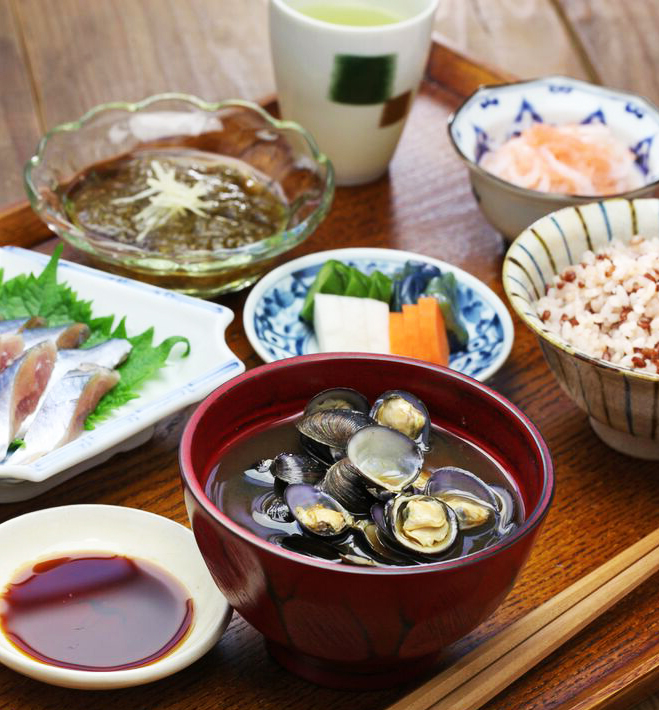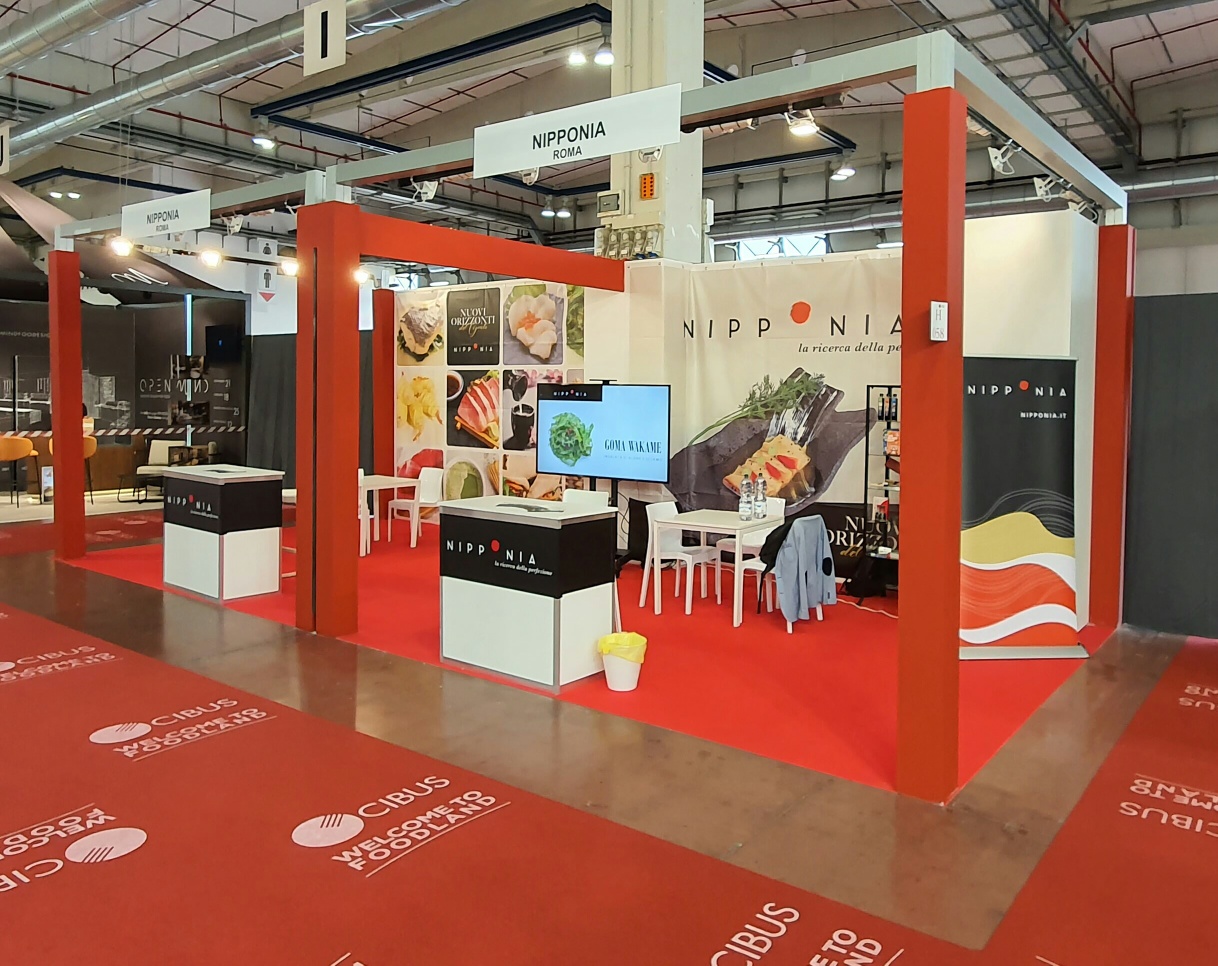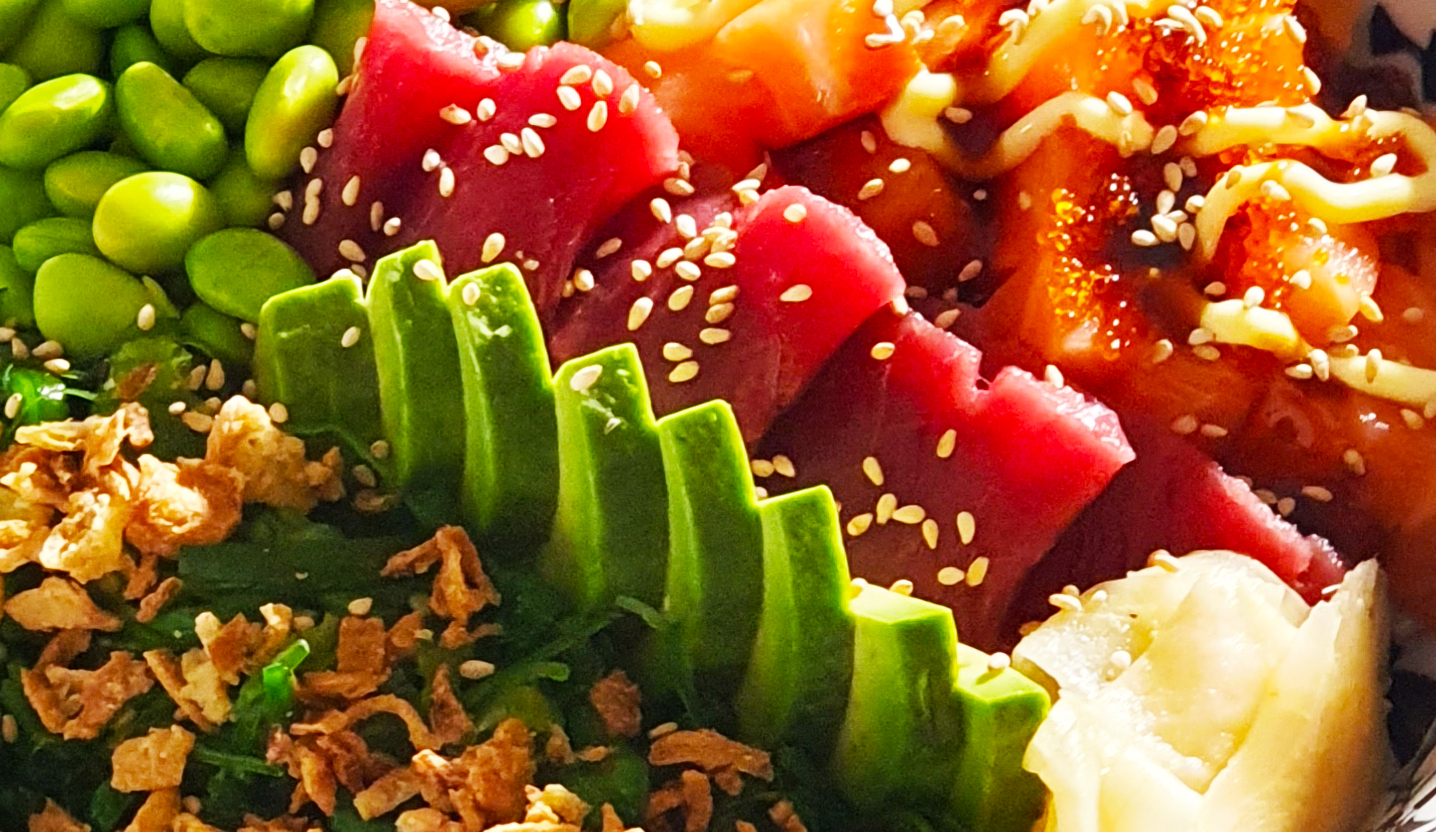It’s the Bao boom!
Fluffy and delicious, steamed Bao buns are now a must in street food but not only! Thanks to their elegant shape and unmistakable taste, bao with their endless creative toppings are becoming the stars of gourmet tables.
The origin of Bao
The steamed Bao bun originated on China’s Fujian coast in the 11th century as an auspicious food and soon spread throughout Asia, taking on different characteristics and names. It quickly became a specialty of Japanese cuisine: in Japan it is called Nikuman.
Gua Bao has long been a popular street food from the island of Taiwan: for the past few years, the famous steamed bun has conquered the West, establishing itself in America as Bao Burger, in England as Bao Bun, and now in Italy.
The sandwich
Bao is a steamed, crustless, soft, slightly chewy wheat flour bun with a white surface so shiny it looks like porcelain. The crispy version is possible because of the final step on the grill.
Bao’s softness comes from steaming, which slowly activates the yeast, causing the bread to gently swell – in Chinese
mantou
– just like a fluffy cloud.
Sugar, ubiquitous in Asian recipes, gives it that delicate sweetness that is impossible to resist.
The stuffing
The Bao has a semi-circular shape, not exceeding 6-8 centimeters, and because of its opening can be stuffed in the most varied and imaginative ways.
The plain steamed bao bun, also called mantou, can be eaten as an accompaniment instead of rice.
Bao – in Chinese baozi, which means stuffed bun – belongs to the category of
dim sum
, which are small fried or steamed portions generally served in a bamboo basket as appetizers.
I Steamed Bao, or seared on the griddle, they are extremely versatile with any filling and for any meal: bao is perfect for enjoying at breakfast, with the azuki jam in the sweet version of the Doushabao , but also for lunch and dinner with meat, fish or in a light version with vegetables.
Bao’s shape is perfect for eating as finger food, a feature that distinguishes it from the
gyoza
, for which the help of the
hashi
.
Through its many interpretations, the stuffed steamed Bao bun establishes itself as the perfect synthesis of the cultural pot that is running through fusion and creative cuisine, which is increasingly contaminated by Eastern influences.
The unexpected ingredients of its fillings continually revolutionize its essence: from the traditional sweet and sour pork or chicken, to the
shrimp in tempura
o
breaded with panko
and salmon teriyaki for fish lovers, to vegetarian options, in which the crunchiness of the
goma wakame
or the
crispy onion
.
We suggest experimenting with the contrast of salty and sweet and sour, crunchy and soft, and enjoying bite after bite of the explosion of flavors and textures that only Bao gives us.
Bao turns black!
The steamed Bao bun is also available in a black version.
Thedough colored with squid ink creates a beautiful color effect, to be enjoyed with salmon tartare, for example.
What’s more, Bao is super easy to prepare: just steam or microwave it and stuff it with the sauces and ingredients you want, and why not, in season!
Watch the fusion video recipe for Bao steamed buns stuffed with porchetta romana




